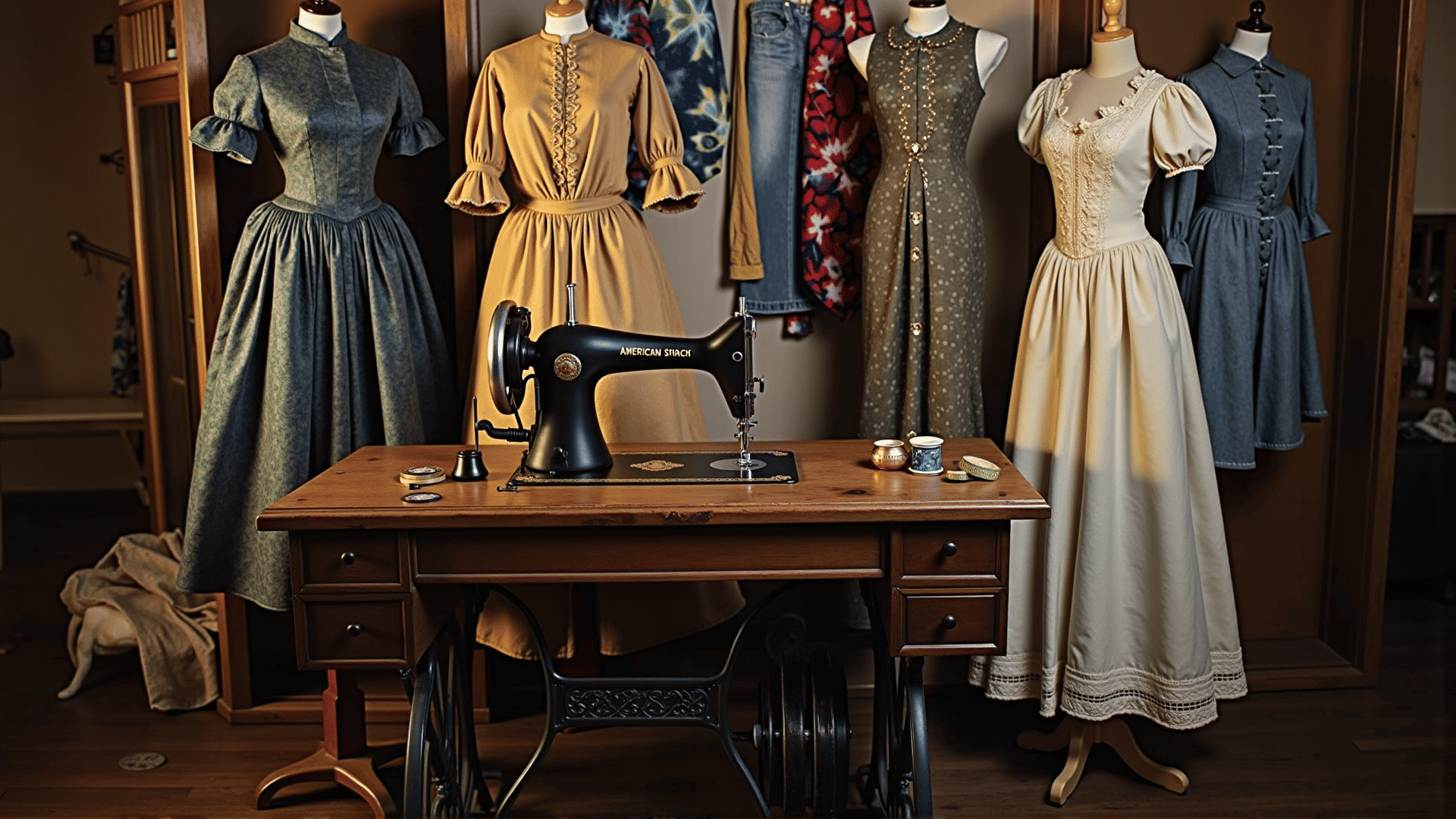The evolution of American fashion is a captivating tapestry woven from cultural shifts, societal changes, and historical events. From its early beginnings in colonial times to its present-day status as a global trendsetter, American fashion has continually transformed, reflecting the diverse influences that have shaped the nation.
In the colonial era, clothing styles in America were heavily influenced by European fashion, particularly from England and France. The garments of the time were characterized by their practicality and modesty, as settlers faced the challenges of the new world. Wool, linen, and leather were common materials, with clothing often handmade by family members.
As America gained independence in the late 18th century, its fashion began to distinguish itself. The early 19th century saw the rise of simplicity in women's attire, inspired by classical Greek and Roman designs. Men’s fashion, on the other hand, gravitated towards structured garments with a focus on tailored silhouettes.
The industrial revolution in the mid-19th century marked a turning point in American fashion. The advent of new machinery allowed for mass production, making fashionable clothing more accessible to the average person. This era also brought about the invention of the sewing machine, revolutionizing garment construction and spurring innovation in design.
The 20th century was a period of monumental change, with each decade bringing its own distinct style. The roaring twenties embraced flapper dresses and jazz, a reflection of its exuberant, liberated spirit. The Great Depression of the 1930s imposed economic constraints, leading to more conservative attire. The post-war optimism of the 1950s brought back vibrant colors and full skirts, symbolizing prosperity and progress.
The cultural revolution of the 1960s and 1970s was a defining moment in American fashion. The youth-driven counterculture of this time rejected traditional norms, embracing bold patterns, psychedelic prints, and unisex clothing. This era saw the emergence of denim as a fashion staple, a fabric that would become synonymous with American style in the decades to follow.
The 1980s celebrated extravagance and individuality, with power suits and bold accessories symbolizing ambition and success. The streetwear movement of the 1990s and early 2000s introduced a more relaxed aesthetic, heavily influenced by hip-hop culture, athletic wear, and media personalities.
Today, American fashion continues to evolve, embracing diversity and inclusivity. The modern landscape celebrates a myriad of voices and perspectives, challenging traditional beauty standards and redefining what it means to be fashionable. Sustainability and ethical practices have become increasingly important, with many leading designers prioritizing eco-conscious materials and transparent productions.
In conclusion, the journey of American fashion is a dynamic narrative reflecting the nation’s history and ideals. It is a celebration of individuality, creativity, and resilience—an ever-changing dialogue between the past and the future. This evolution not only captures the spirit of America but also leaves an indelible mark on global fashion culture.
